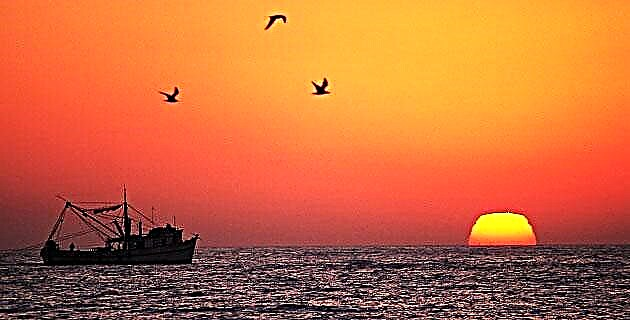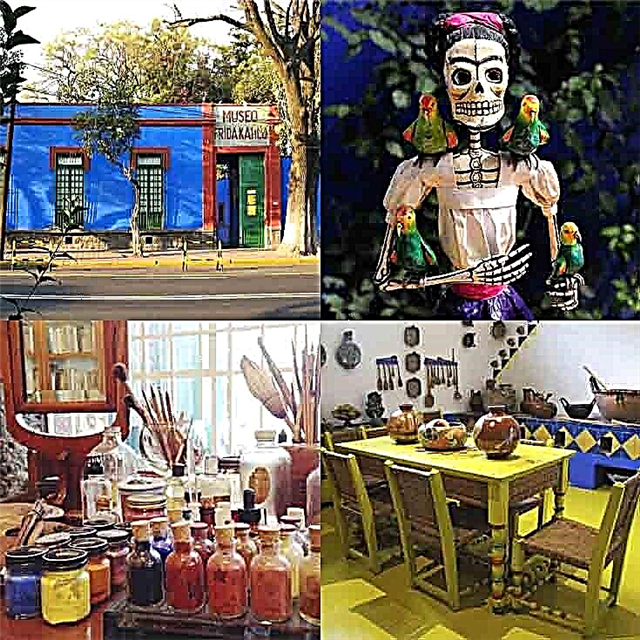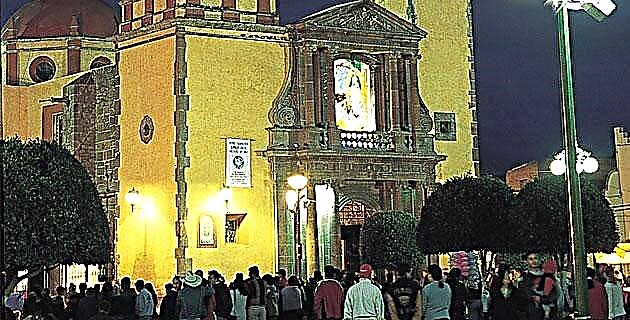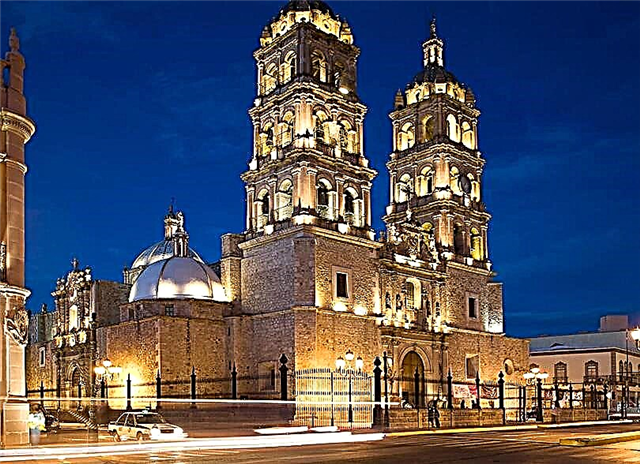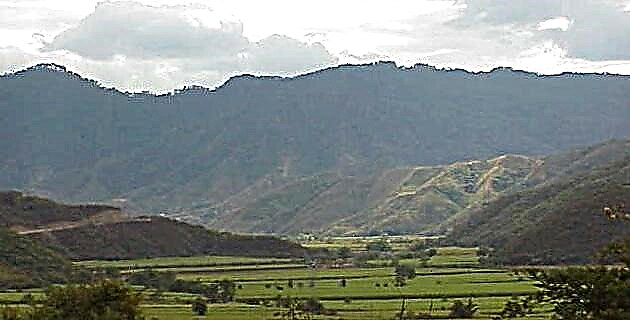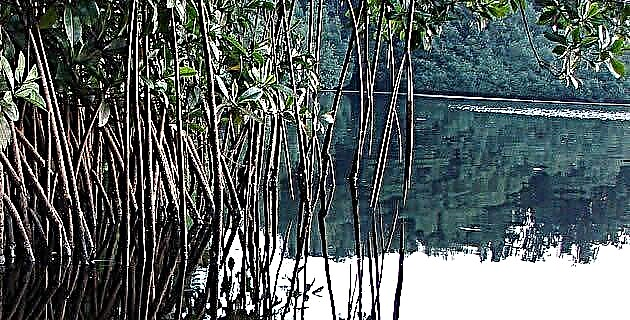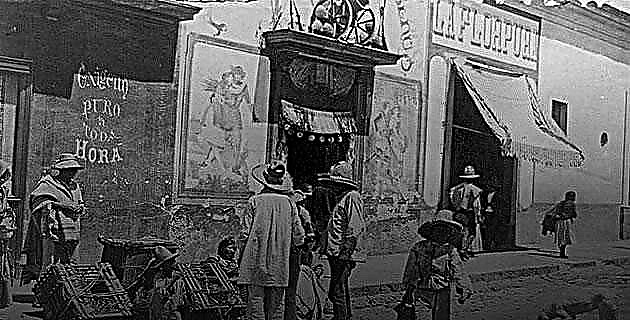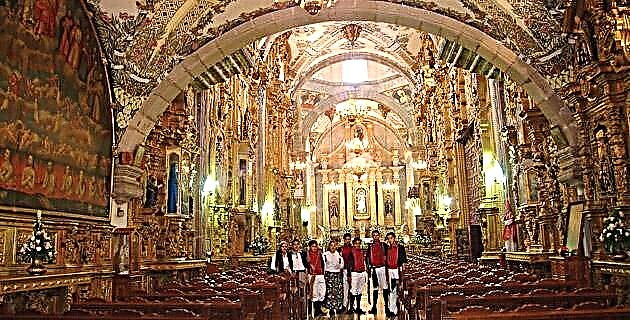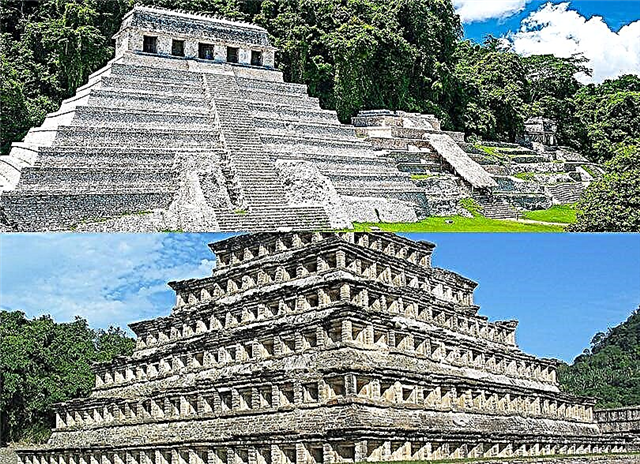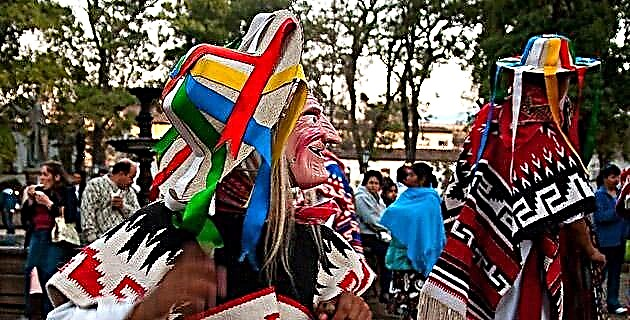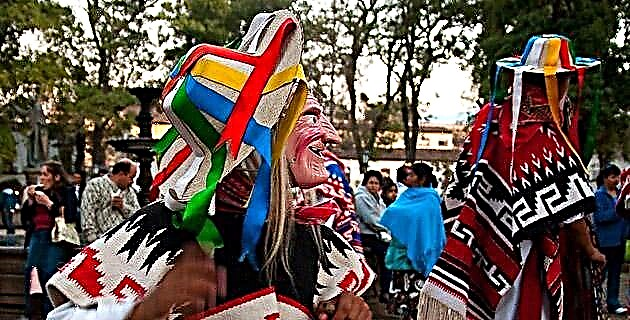
In the warm and humid Michoacan city of Uruapan, a fertile region at the southern end of the Purépecha plateau, a great fair has already been a tradition for several decades that is added to the centennial ritual festival of Palm Sunday, with its symmetrical palm weavings and varied designs. Bunches of palm fill the spaces between the women, waiting to become bouquets and enter the church in devout hands.
Perhaps this rich expression of popular art has suggested for a couple of decades the celebration of an annual handicraft market, which over time has become enormous, occupying the entire large and elongated main square of Uruapan, in which, by the way , there are two colonial churches with their courtyards brimming with Indian weavers. The tianguis shows practically all the artisan branches of Michoacán, especially from the Tarascan plateau: pottery from Tzin Tzun Tzan, from San José de Gracia, from Capula, from Huáncito, from Patamban, from Santo Tomás, from Cocucho; guitars from Paracho and various textiles from various parts of the state; miniatures and jewelry; toys, furniture and gourds; elegant and oriental lacquered trunks in Pátzcuaro, and with the same technique, pots and chests are exalted; saddlery, smithy, metalwork; high temperature ceramics and painting on clay objects; fabrics of numerous vegetable fibers.
It must be said that the invasion of "junk crafts" is not the exception here, but that of great aesthetic value predominates and overwhelms the visitor. It is an orgy of shapes, textures and colors, as can rarely be seen in all of Mexico. And that is saying a lot, because our country is an undisputed world power in the field of popular art (mainly due to its cultural plurality, with more than 60 indigenous ethnic groups that keep their respective languages alive. This indicator of the survival of a culture is worth it, which places us in second place in the world, after India, with 72 living native languages, and before China, with 48)
Among the stalls of the tianguis wander birders loaded with cages with very diverse specimens, including of course the cenzontles ("of the hundred songs", in Nahuatl) whose most usual song is on an increasing scale, like a musical filled with a bottle of water. Be careful, authorities: they also sold numerous newborn parrots, barely with incipient plumage, surely from violated wild nests.
The great show in terms of plastic arts is the one that derives from the artisan contest that is held in those days and that culminates with the awards on Palm Sunday. Cream and cream of ingenuity and good taste, are the objects selected by the jury: pine table carved with a peacock; angels of maize cane paste and Christ in feather art, rescues of pre-Hispanic procedures that lasted during the Colony and today have almost disappeared; finely woven wool blanket; wooden piglets with ribbon bows around their necks; diabolical (and playful) complex of polychrome clay from Ocumicho; delicate marquetry adorning a musical instrument from Paracho's laudería workshops; bridal shawl and frayed white dress; pineapple of green mud for drinks, with its cups hanging from the enormous allegorical fruit; and many other handicrafts, around a hundred, awarded among the almost a thousand that competed.
But the contests don't end there. There is another of regional costumes, and the awarding of children and young people and some adults from the respective towns is very exciting. It is not an indigenous fashion show, but a respectful community participation in something important (and they do it with pride). In this contest the festival of colors continues.
The two contests - artisan and traditional costumes - are held in the Huatápera, a regional museum of arts and crafts, a colonial site with a delicious rural flavor that is also in front of the plaza.
On the same Palm Sunday, a Purépecha gastronomic sample is presented in the Plaza de la Ranita, one block from the central park. It is not the classic Uruapan antojitos market that works all year round and where pozole, tamales, atole, enchiladas with fried chicken and potatoes, buñuelos, corundas (polyhedral tamales with a neutral flavor that are served several in a plate bathed with cream are sold and salsa), uchepos (sweet and tender corn tamales) and other things. No. This exhibition is only one day a year and is less touristy, more exotic and indigenous, with stalls that display the name of the town from which they come.
There I met the atolenurite from San Miguel Pomocuarán, salty and spicy with green serrano chili. This herb is recommended for the fertility of couples and thus, at weddings in that town, it is given to the bride so that the offspring may be abundant; she, in turn, gives the groom and his friends an equal atole, but much spicier; thus, by the way, his manhood is tested, and for greater security, the groom must go into the kitchen and resist the smoke from the stove without flinching.
I also tried there a churipo, red beef broth, a pinole atole (toasted and ground corn), another one made of cane, almost solid!, Like cajeta, and some chapata tamales, made with joy seed or amaranth, sweet and black. , roasts.
We must mention the exhibition of traditional medicine plants that is mounted around the Rainbow Fountain, in the exuberant and semitropical Cupatitzio National Park, in the heart of Uruapan. Such a category is undoubtedly deserved by this famous orchard framed by water springs and waterfalls.
IF YOU GO TO URUAPAN
Leaving the city of Morelia, heading south-west, take highway no. 23 towards Pátzcuaro, and after Zurumútaro, continue along highway no. 14 that will take you directly to Uruapan. This city is 110 km from the state capital and 54 km from Pátzcuaro.

